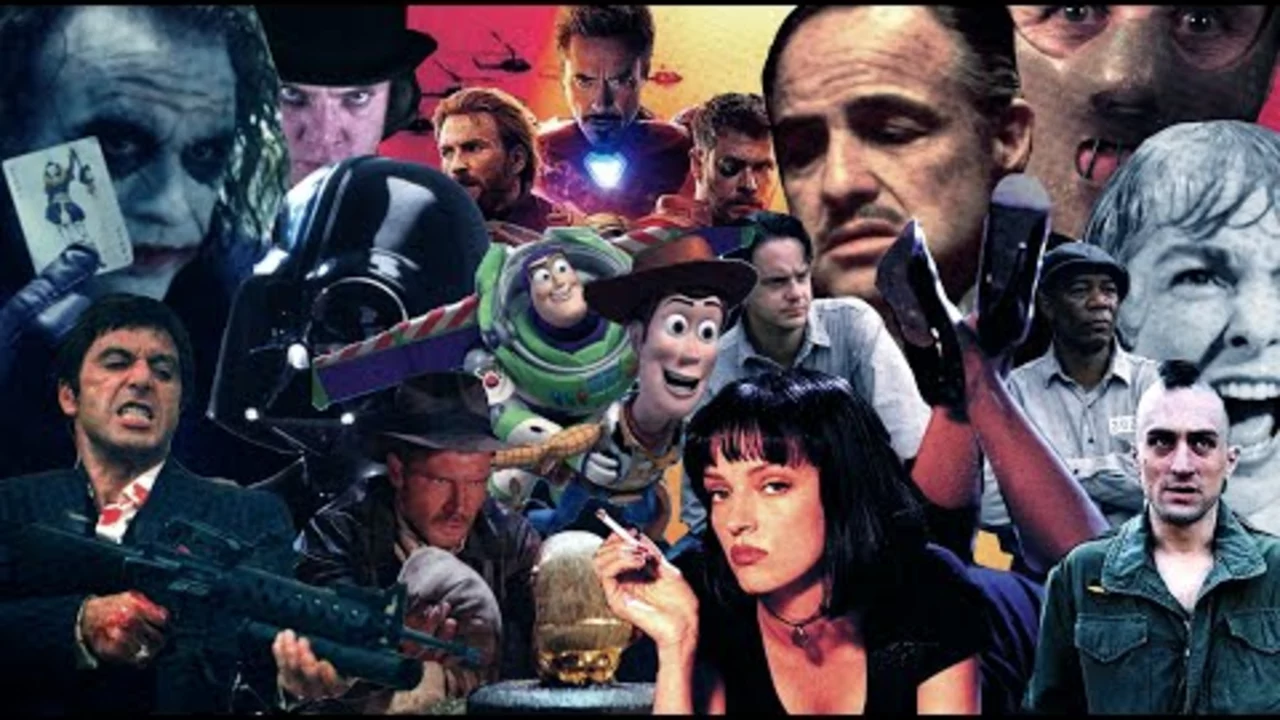Film Ranking – How Movies Earn Their Spot on the Top Lists
If you ever wonder why some movies splash across the news while others slip under the radar, the answer lies in how films are ranked. Rankings blend numbers, opinions, and cultural buzz to create a snapshot of a movie’s success. Knowing the basics helps you spot the next blockbuster or the hidden gem you might have missed.
Key Factors Behind Film Rankings
First up, box‑office earnings. Money‑making power is the most visible metric because it’s easy to measure – tickets sold, revenue earned, and how fast a film hits milestones like ₹100 crore in India or $1 billion worldwide. But cash alone doesn’t tell the whole story.
Second, critic scores. Sites like Rotten Tomatoes, IMDb, and local review platforms gather professional opinions and turn them into a single rating. A high critic score can boost a film’s reputation, even if the opening weekend was modest.
Third, audience reaction. Social media buzz, user ratings, and repeat‑view numbers factor in heavily. A movie that sparks memes, fan art, or long‑queue theater visits often climbs the rankings faster than a well‑produced but quietly received film.
Finally, cultural impact. Films that start trends, influence fashion, or spark conversations about social issues earn points that aren’t captured by numbers alone. Think of movies like "Parasite" that shook global conversations about class, or Indian hits like "3 Idiots" that still get quoted in classrooms.
Spotlight on Different Film Markets
Hollywood’s dominance is no accident. It combines massive budgets, star power, and a distribution network that reaches almost every corner of the globe. That’s why titles like "Inception" or "Mad Max: Fury Road" keep topping worldwide lists year after year.
European cinema, meanwhile, struggles to break into the U.S. market. Language barriers, smaller marketing spends, and slower storytelling styles keep many European gems under the radar for American audiences. Still, festivals like Cannes or Berlin give those films a chance to earn critical love and niche fan followings.
India’s film ranking scene is its own beast. Big‑screen blockbusters from Yash Raj, Dharma Productions, or Eros International—think "Dilwale Dulhania Le Jayenge," "Baahubali 2," or "PK"—often dominate domestic charts because they blend music, drama, and spectacle in a way that resonates with local viewers.
Don’t forget short‑film festivals. They rank entries by genre flexibility, originality, and storytelling efficiency. Whether it’s drama, comedy, animation, or sci‑fi, a short that packs a punch in under 20 minutes can win top slots alongside feature‑length contenders.
In the end, film rankings are a mix of hard data and soft feelings. By looking at box‑office numbers, critic scores, audience chatter, and cultural relevance, you can get a clearer picture of why certain movies rise to the top. The next time you scroll through a “Top 10 Movies” list, you’ll know what’s really behind those numbers—and maybe discover a new favorite along the way.
What are the top 20 movies of all time according to you?
In my latest blog post, I dive into my personal selection of the top 20 movies of all time. I've dedicated time to meticulously analyze each film, considering factors like storytelling, performances, cinematic techniques, and the impact they've had on me personally. From classics to new releases, each choice reveals a unique aspect of the film industry's potential. You'll find a variety of genres in the list, reflecting my eclectic taste in cinema. So, if you're a movie buff or just looking for some recommendations, this post might offer some interesting picks.

 Entertainment and Film Industry
Entertainment and Film Industry